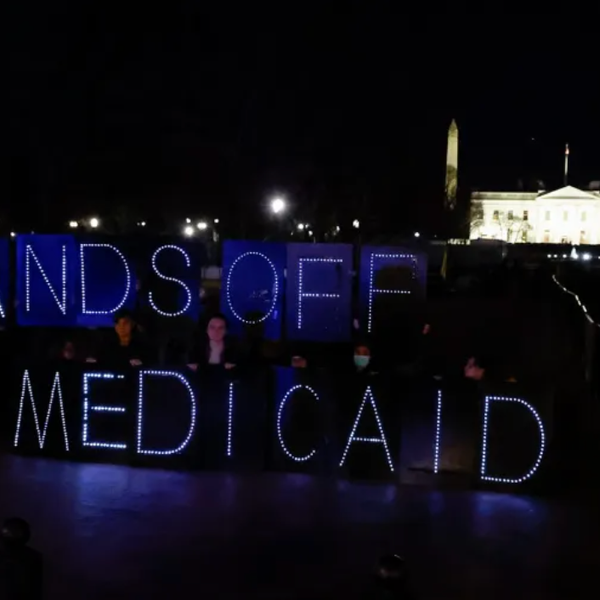London For One: Traveling Solo Couldn’t Be Easier In This World-Class City
By Linda Bergstrom, Chicago Tribune (TNS)
Think about it. London, on your own. And you can do whatever you want to do. Fantastic!
And, yet: Wouldn’t it just be easier to book a tour?
Save that stiff single supplement. Being a solo traveler without a pre-planned itinerary — save hotel reservations — can be a pretty great thing in London. The culturally vibrant, diverse city has lots to offer beyond its many museums and fun shopping.
Here’s how to put the power of one into action:
Get your learn on: London Walks offers tours of many local favorites, from Harry Potter lore to the British Museum. One of the best features is that you don’t need reservations — just show up at the scheduled time and pay 10 British pounds. The Saturday morning tour of Notting Hill and Portobello Market balanced the old and the new. Our informative guide took the group of 20 tourists along the back roads of the now trendy Notting Hill neighborhood, pointing out features such as the kilns once used to bake bricks, the former paths of Roman horse races, and the homes of the famous (yes, Annie Lennox lived there). There might have been one or two fans of the Hugh Grant movie who were thrilled to see key film locations (The bookstore! The church!). The two-hour tour ended at the packed Portobello Market, which is not named after a mushroom after all but has Roman roots. Everyone can find something in this hodgepodge of local food and trinkets and interesting antiques. www.walks.com.
Brush up on Shakespeare: One of the tips gleaned from a local was a real gem: cheap shows at the Globe the theater rebuilt by the late American actor Sam Wanamaker to recreate Shakespeare’s original theater along the Thames. You can catch a play, performed outside in the round and with audience members standing, for only 5 pounds in the warmer months. But don’t pass up the sometimes quirky offerings in the Sam Wanamaker Playhouse. Although it is a new theater, the playhouse is lit by candlelight, and patrons sit (or stand) like the Bard’s fans did long ago. A song cycle reportedly from a list of Anne Boleyn offered an entertaining glimpse into the British fascination with all things royal. The songs were captivating, and the setting was truly magical. www.shakespearesglobe.com
See Hyde Park by bike: One of the best ways to experience the 350-acre Hyde Park is through the bike share system. You can rent a comfortable bike (2 pounds for up to 30 minutes at a time) and pedal along the many paths. The rental lasts all day, and there are lots of docking stations, so you can take things slow. You are likely to ride past horse riders on the adjacent track on your way to the picturesque Serpentine lake. At the south end is Kensington Gardens. Take a peek into the Diana, Princess of Wales Memorial Playground before heading off to Kensington Palace. A tour of the public part of the palace (it is also the official London residence of the Duke and Duchess of Cambridge, aka William and Kate) reveals much about Queen Victoria and her love for her husband, Prince Albert. You can take in the beautiful grounds or head over to the Orangery for its celebrated tea. www.royalparks.org.uk
Tea at the Ritz: You need to book ahead (and early) to secure a seat for afternoon tea in the Palm Court of the Ritz London. This iconic afternoon tea is worth the 61 British pounds. The opulent room is very, very pink, but somehow it works. It’s the kind of place where you want to wear your best — and, in fact, jackets are required for men. The tea service starts with savories, including an exquisite egg salad. Even a table of one gets the full complement of sweets, from fruit tart to macaroons. Then come the scones and clotted cream and a slice of specialty dessert. The Ritz works to make the single diner feel welcome, offering magazines and newspapers. During my visit, the reading materials remained untouched as I was too busy sampling the wonderful food and drinking in the scene. www.theritzlondon.com/palm-court
Experience the countryside: Some of the most beautiful English countryside is a short train ride away. The Cotswolds has many iconic postcard villages, which are easily accessible via the bus system. Plus, it is home to the Cotswold Way, more than 100 miles of walking trails. A hike up the hill in Broadway traveled through sheep fields on the way to the Broadway Tower. The views were spectacular, and it was just fun to unlock the gates and join the locals (and their dogs) on an afternoon stroll. www.nationaltrail.co.uk/cotswold-way
The logistics of solo in London
Solo travelers are becoming a travel force. According to the Visa Global Travel Intentions Study 2015 prepared by Millward Brown, 24 percent of travelers took an overseas vacation alone in 2015, up from 15 percent in 2013. And many were women.
There are certainly safety considerations: Share your itinerary and use caution in public places. Other tips:
Get your bearings early by booking a guided bus tour. It is the easiest way to note where you would like to return, and it will most likely take you to areas you may not be able to get back to. The hop-on, hop-off tour I did also included a fun boat tour on the Thames from Tower of London to Westminster. VisitLondon.com is a good place to explore the options.
Get a cellphone that has map and phone access: You will want to be able to use your phone to see where you are, look up information on the fly, and make calls. (And your mother will still worry about you and want you to check in.) Cellular providers offer international plans, but the data plans are wickedly expensive. Buy a cheap unlocked phone at home, and get a SIM card right near the baggage claim at Heathrow.
London’s Underground is safe and efficient, and there’s an entrance seemingly around every corner. If you want to get out of the city, skip the car and opt for the excellent train system. Booking on a service like Trainline (www.thetrainline.com) will save you some cash.
Dining for one? One London resident warned that it would be tough to get a table for one at a nice restaurant in London. “They want to serve two people, not one,” he warned. He was right. They can’t refuse you, but they can ignore you to the point of discomfort. One word: Pubs. The Scarsdale Tavern in Kensington is picturesque and welcoming and had a great lamb shank for 16 British pounds. The Churchill Arms not only has memorabilia from the noted prime minister but also serves cheap, tasty Thai food. Another great dining option is Harrods. The food emporium is famous for its fantastic selection, from homemade meat pies to caviar, and there are several themed mini-restaurants. It also has an impressive takeaway selection.
(Linda Bergstrom is a freelance reporter.)
©2016 Chicago Tribune. Distributed by Tribune Content Agency, LLC.
Photo: In Hyde Park, bicyclists ride a path adjacent to horse trails. (Linda Bergstrom/Chicago Tribune/TNS)









